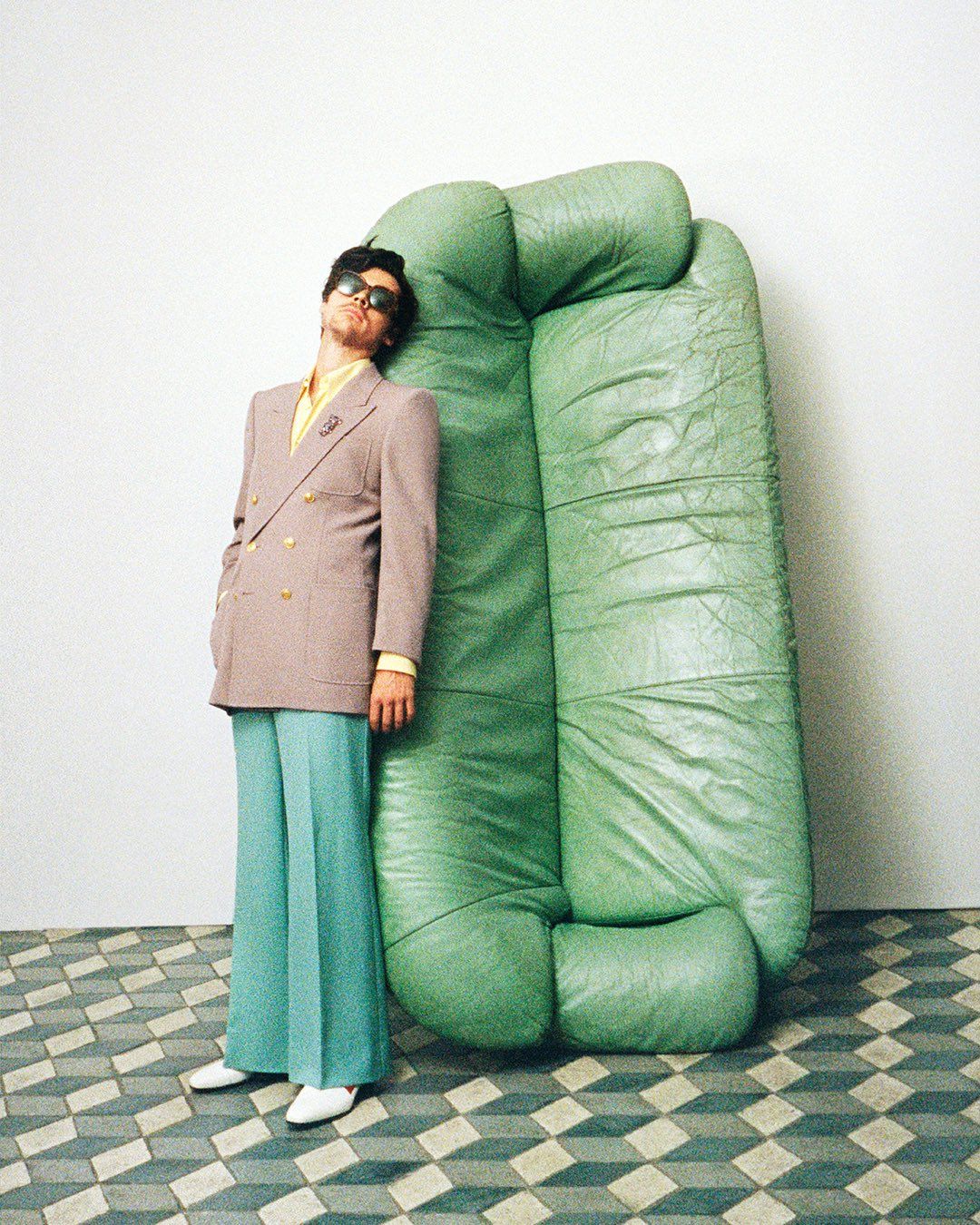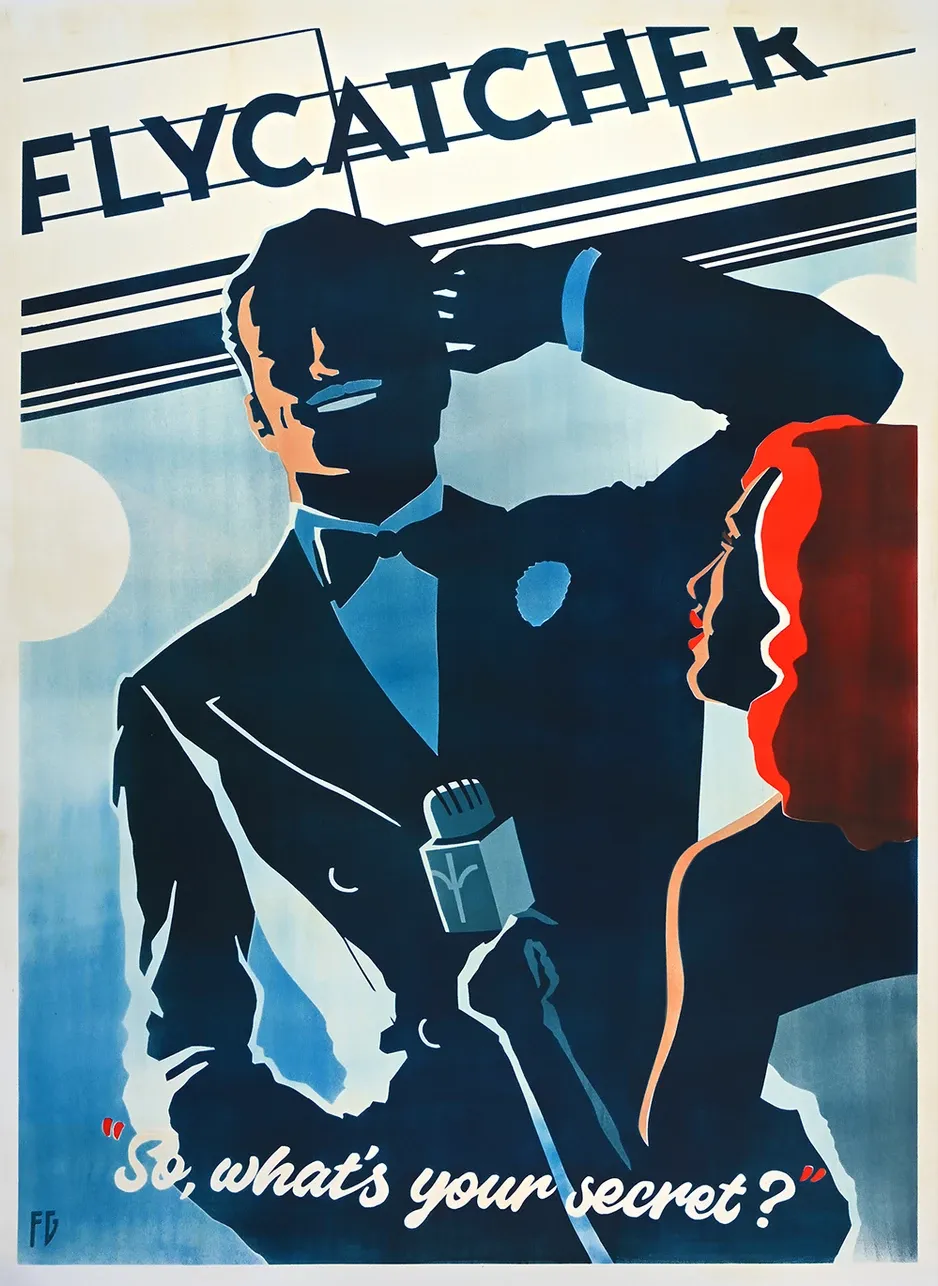A Glossary of Dress Shoe Styles—Names, Photos, and Descriptions
I started writing this guide in an attempt to catch everything worth catching. I ended up running into more styles than I could really hope to capture... But hopefully, this is good enough.

I'm sorry in advance, a lot of these photos have gone down since I originally wrote this guide. I have to work on that fix. If you're here looking for that, let me know, I'll prioritize it.
Toe Shape Styles
Although I'm listing these as distinct styles, it's better to not categorize these, but think of them as a spectrum. As you grow to appreciate footwear, you'll start paying more attention to specific "lasts," IE shoe molds, and take note of how round or elongated each one is. But for the sake of the glossary:
- Classic Round. Standard, dressy, classic, never wrong.
- Truly Round. The classic "round" shoe last has some shape to it; this extreme is just a smooth oval. More casual—you'll see this more on moc-toe loafers than anywhere—but still fairly versatile.
- Bulbous. Casual.
- Slight Point / Elongated Round. Sleeker and more elegant than classic round. Less versatile, sometimes harder to pull off.
- "Almond toe." Roundish, but comes to a point at the end. Like an almond. I'm not into it.
- Point. Ugly shoes and wizard boots; avoid.
- Chisel Toe. Comes close to a point, but squares off near the end. Weirdly a lot better than point or square. Dressy. Often refined.
- Square. This is not common among well-made dress shoes. It's mostly used in ugly, cheap shoes, or sometimes in fashion designs. Ferragamo is famous for making these look not that bad, and distinctive... But I still don't like their designs. Generally, if you want to wear dress shoes, you don't want a square ote.
Laced Shoe Styles
I started writing this guide in an attempt to catch everything worth catching. I ended up running into more styles than I could really hope to capture... But hopefully, this is good enough.
Oxfords
- Oxfords. Oxfords are shoes with closed lacing. "Balmoral" actually refers to a horizontal line around the shoe or boot, it is technically unrelated to "oxford." See also: balmoral boots
- Wholecut. A beautiful style that puts the quality of the leather on display. People disagree about how formal these are; some argue they're more formal than cap toe oxfords, since they're simpler, and others argue that they're more casual, because they show wear more. Note that, in black patent leather, these are one of three valid options for black tie appropriate footwear.
- Medallion Toe. Can come with a number of features, but here is the pure, almost wholecut, medallion toe.
- "Plain Toe." The plain toe oxford is kinda dumb. It's not as classic as the cap toe, but it's also missing the sleekness of the wholecut. It's not bad, it's just not really the best of anything.
- Cap Toe. Absolute staple in black. The quintessential boring business shoe and suit complement.
- Perforated Cap Toe. Note that it's somewhat hard to draw the lines between a PCT, quarter brogue, and semi brogue, but generally, I would say that the PCT is just a cap toe with perforations, a quarter brogue adds perforations around the quarters of the shoe, and a semi brogue adds a medallion. A wingtip swaps out the cap toe for a particular pattern, which you'll see.
- Quarter Brogue.
- Semi Brogue.
- Full Brogue / Wingtip -- replace the cap toe with a curvy "wing" pattern.
- Shortwing. Notice how the wings curve down at the middle of the shoe?
- Longwing / "Gunboat." Here, the lines extend from the wings, horizontally, all the way to the back. This also makes them "balmorals." People tend to call all oxfords balmorals, but balmoral refers specifically to the existence of a horizontal line like on a longwing oxford. (I couldn't find a photo of longwing oxfords, please share one if you have one).
- Austerity "Brogue." Wingtips without brouging, and without the medallion. The name is kind of a joke.
Bluchers and Derbies
- Bluchers and Derbies. Technically different, bluchers and derbies both have open lacing and tend to be lumped together. Bluchers and Derbies are noticeably more casual than oxfords. (See also derby/blucher boots, including chukka boots).
- Plain Toe / "PTBs." Plain Toe Bluchers—particularly in a dark color with a contrasting welt as shown here, and with a round or bulbous toe—are extremely common, in both dressy and casual lasts. See Tricker's Robert (shown here in black shell) and Alden's Color 8 Shell PTBs. Note that plain toe derbies also exist, but I'd prefer a blucher.
- Cap Toe. Kinda silly; meant for oxfords. Not wrong or bad, just not the best in its class.
- Perforated Cap Toe. Derbies here.
- Quarter Brouge
- Semi Brogue.
- Full Brogue / Wingtip
- Shortwing. Much more common. ]
- Longwing Blucher / "Gunboat." Longwing bluchers are a vintage favorite, particularly vintage Florsheim Imperials in shell cordovan. Note that there's technically no such thing as a longwing derby.
- Austerity "Brogue"—boots, because this was the only good photo I could find.
- Apron Toe
- Moc Toe
- Norweigan Split-Toe. A more casual style than many realize; deceptively tricky to wear.
- Bicycle Toe. Dumb-looking, associated with cheap shoes. Avoid.
Slip-on shoes
Loafers
- Loafers. A loafer is a slip-on dress shoe with a rigid sole, heel, and seam around the front. See also: How to Talk About Loafers.
- Construction Style
- Standard. Lasted from the top down, like traditional laced dress shoes. Generally dressy. Invented by Wildsmith Shoes.
- Moccasin. Lasted from the bottom up, like actual moccasins. Generally casual. Invented by Aurland Shoes. Yes, this photograph is of my feet.
- Belgian. Derived from velvet dress slippers. Invented by Belgian Shoes.
- Toe Styles
- Apron Toe. Thin seam, top-down construction.
- Moc Toe. A thicker seam, associated with moccasin construction.
- Split Toe. That seam down the front.
- Bicycle Toe. Ugly, associated with cheap shoes as discussed above. Avoid. Not really even loafers, by my definition, since the seam doesn't go around all the way.
- Plug Styles. Most loafers are named by the style of "plug," or the top bit above the seam, and most more specifically by the style of strap.
- Penny Loafer. Classic ivy style. Invented by Wildsmith and Aurland shoes.
- Tassel Loafer. Dressier than other plug styles.
- Kilted Tassel Loafer. The "kilt" is the little fringey part under the strap Kind of ugly, kind of great.
- Venetian Loafer (plain). Almost always moc toe. Generally a cheap style, although not as bad as bicycle toe. Note that plain-vamp Belgian loafers are not called "Venetian" loafers, because that would be weird. Also, for some reason, Brooks Brothers calls these "American Loafers," maybe because the moccasin style is American... But that's all quite confusing.
- Horsebit / Bit / Gucci Loafer. Invented by Aldo Gucci. Modern bit loafers are also common in an apron toe.
- Bow. Exclusively for Belgian loafers.
- String Loafer. Carmina in Snuff Suede is the classic. Casual style.
- Chain. A few high-fashion designers like Tom Ford are trying to make this a thing now.
- Construction Style
Slippers / "Wholecut Loafers"
- Slippers / "Wholecut Loafers." Not what most people call "slippers." These are essentially loafers, except without the seam. This gives them a smoother shape, which is somewhat unusual.
- Black patent leather opera pumps with a grosgrain or satin bow. Yes, all of those elements are important -- do you want your shoe to be a. black tie appropriate or b. ugly?
- Velvet / Prince Albert / Smoking Slippers. In plain black, these are black tie appropriate. In any other color or with any crest/medallion/piping/embroidering, they are not -- they're just flashy as hell. Maybe good for creative black tie, for your fancy dinner party, or for your weird fashionny look.
- Suede Slippers. Cool stuff. Some argue that black suede is a good substitute for black velvet in black tie. Not traditional, but you'll pass.
- Smooth Leather Slippers. Unusual. See Viberg.
- Kilim Slippers. Okay, I guess you can't call these dress shoes.
Elastic Closure
These shoes are arguably still slip-ons.
- Chelsea boots. Ideally wholecut, or near wholecut, with a seam at the bottom of the elastic. Versatile, to the point where the same pair can potentially be worn with jeans or a suit.
- "Lazyman Oxfords." A lot of very high-end shoemakers (Saint Crispin's, in this case) have been making oxford-lookalike shoes with elastic closures and faux lacing. They're an interesting oddity here; you might expect these to carry the same connotation as a pre-tied bow tie, but... They're one of those things that's acceptable only because the brands doing it are highly respected British brands, and because of that, they're practically conservative.
Buckle Closure
All of the below shoes look best with a plain toe.
- Single Monkstrap. Shown here with a medallion toe.
- Double Monkstrap. Shown here with a cap toe.
- Double Monk Boot. Ankle boots.
- Jodhpur Boot. On paper, less dressy than Chelsea boots. In practice, nobody will know the difference.
Button Closure
Zipper
- Side-zip Boots. In the same class as Chelseas and Jodhpurs, a sleek boot
- Dual-closure Boots. That is to say, any boot with a zipper and also some other closure. Like a chelsea with a zipper on one side, or something like that. Silly; avoid.



